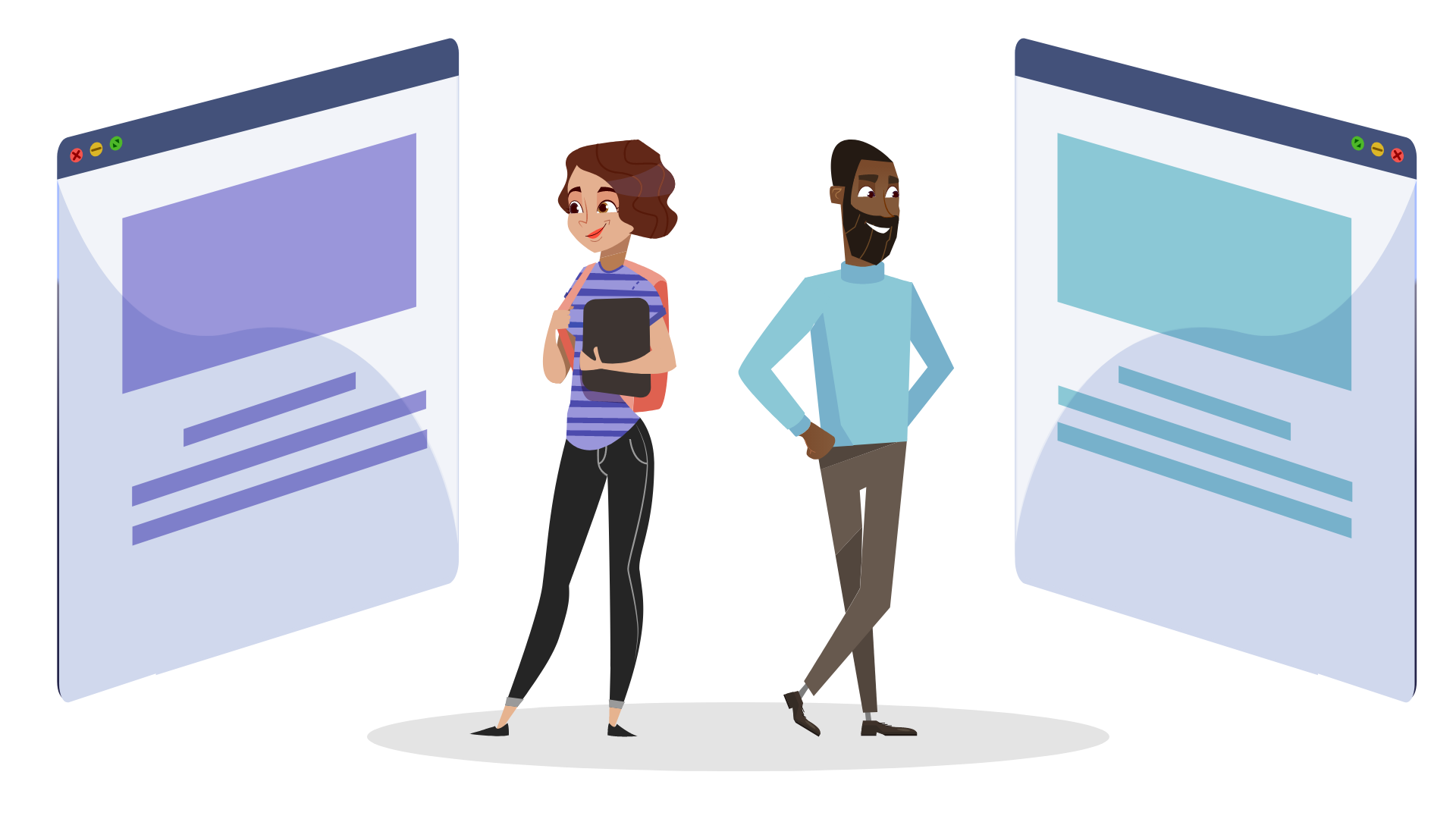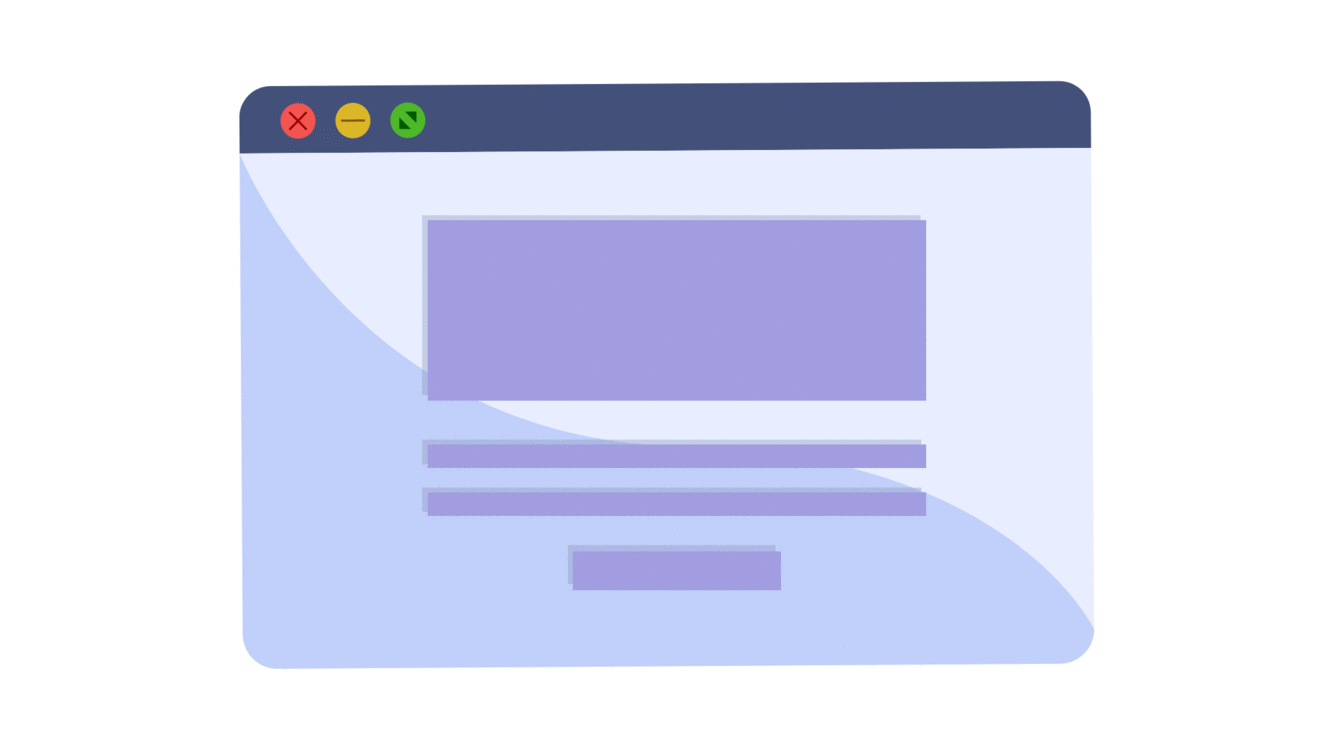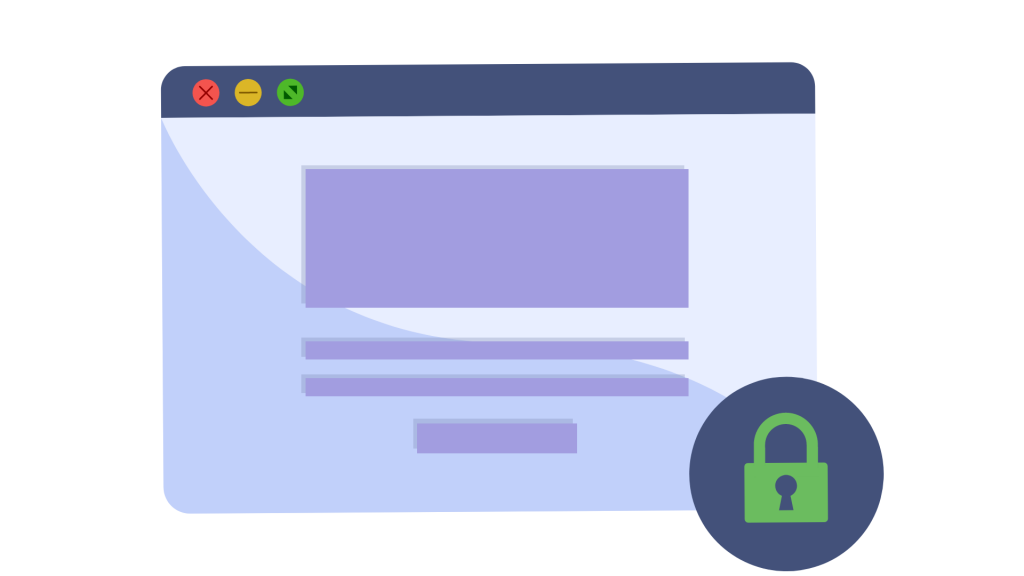
Marketers continuously try to find ways to build and strengthen their relationships with customers. And what’s one of the top ways to do that? Making content more personalized.
Of course, the levels of personalization can differ; ad-hoc emails are meant for larger groups of people, while specific product promotions are tailored based on interests.
So how much personalization is enough?
No one wants to receive generic emails, but what about creepy messages? When should personalized content draw the line? Below we show you how to create content that attracts and doesn’t drive people away.
What Is Content Personalization?
Content personalization, a.k.a. customization, is a strategy for tailoring content to individual user needs based on available data that you have at your disposal.
This data can include gender, age, location, purchase history, website visits, device, event data like email opens, clicks, form submits, etc.
What do you get from using personalized content?
The benefits can range from increased visitor engagement, customer lifetime value, conversion rates, loyalty, lead generation, and customer acquisition to improved customer experience and brand perception.
Content Personalization vs. Web Personalization
Content personalization and web personalization are not the same thing. Making the content you communicate with personalized is different from making your web pages personalized for each visitor.
Content and web personalization are not mutually exclusive. Use them together to create exceptional customer experiences.
Content personalization
Content personalization is dynamic and uses segmentation and variables to change the content your audience sees and receives.
The segmented content automatically changes based on who is supposed to see what. You can personalize the content in your emails, landing pages, pop-ups, text messages, coupons, letters, postcards, and more.
Web personalization
Web personalization refers to a customized homepage, category, and product pages. It changes the website’s look in real-time based on past interactions, visits, store searches, purchases, favorite products, etc.
Amazon is an excellent example of web personalization based on browsing, purchase history, and location.
6 Ways to Create Personalized Content

1. Audience segmentation
Everyone in your target audience is not the same; that’s why you divide your target audience into smaller groups based on demographics, preferences, behavior, and more.
You’ll be able to understand and identify your customers and put them at the center of your strategy. By dissecting the customers’ mindset, you can adapt your message when targeting and focus on reaching people that want what you are offering.
2. Content segmentation
This means that different people will see different content. So your email or landing page content becomes dynamic, and will it change based on who is supposed to see what. This means, you first need to have your audience segments sorted out and then use them to segment your content.
Content segmentation allows you to send one email adapted to different customers instead of creating multiple ones. It will make your communication more relevant and valuable because you offer your customers things they are interested in and not just send everything to everyone.
3. Segment based on the customer journey
Serving different content based on where people are in the customer journey with your brand is super important. Why? Because people at different stages consume different content. This means that you should create various campaigns to fit your customers’ needs.
And you can use content to guide people from one to another stage of their journey. Visitors should be introduced to what you do and how you can help them, but those already using your services already know that, so you’ll need content to entice loyalty.
4. Understand your customer’s pain points
The best content out there always is a solution to a problem. Take the time to understand and pinpoint your customers’ problems.
Knowing the issues they face, you can create content that solves their problems or answers their questions. By offering a tailored solution, people will see that you care for them and not their money. This humanizes your brand and helps build brand loyalty.
5. Build landing pages that match specific campaigns
To make the experience smooth, create landing pages that provide consistent and fluid flow. So whether a person clicks in an email, social media post, or an ad, the corresponding landing page should have the same look, copy, CTA, and feel like the story continues here.
This shows that you put some thought and planning into making sure the experience goes smoothly. And by using dynamic content (a.k.a. segmenting content) on the landing pages, you can make the experience even more personalized and engaging.
6. Focus on relevance
Your content may have value, but is it relevant to the person exposed to it?
This is why value and relevance go hand in hand. Valuable content sent to the wrong person because it is simply not relevant to them can cost you a lot.
Let’s say you have a detailed post on 35 ways car dealerships can get leads. Clearly, this post has value and actionable tips. However, this isn’t relevant information for travel agents since it’s of no interest to them. Instead, think about creating content that will tap into ways how travel agencies can attract travel enthusiasts.
When Does Personalization Go Too Far?
There are quite a few examples of personalization being too creepy and freaking people out. This can include insensitive and invasive ads, location tracking, preferences made public by businesses, and more.

So many people wonder: Can you personalize without crossing the line?
Yes, you can be engaging and send tailored communication that your audience will love without being creepy. Here are three tips that can help you find the balance when it comes to personalization and make you a considerate marketer and not a creepy one.
1. Be transparent
Everybody knows you are tracking and storing their data. Make it clear that you follow and apply privacy laws and policies. To earn people’s trust, you need to let them know what data are you gathering, where you are getting it from, and get their permission to track, store, and use it. Personalization becomes creepy when you use data that was gathered in an immoral way and without people’s knowledge that you were collecting it.
2. Deliver value
People want personalization because they want an experience tailored to them, and they don’t like wasting time on things that are not in their interest. But you need to make sure that they benefit from it in return. The data you have at your disposal should be used (both legally and morally!) to improve each person’s experience with your brand. So if you ask for some info, make sure you put it to good use so that the customer can see clear benefits from giving it to you.
3. Use only the data you need
You don’t need to know every detail about your customers. With analytics and cookies on every page, it’s easy to hoard individual information you don’t need and wouldn’t use. Analytics are crucial for marketing, but you won’t use every data you record. Decide which data is necessary to create valuable personalized experiences and leave the rest of it aside.
Personalization is an excellent way for your brand to cater to people’s individual needs and create unique experiences. Give value in return and create relevant content that people would love to receive, read, and engage with.
At the same time, respect boundaries, don’t abuse the information you have, and stay within what people consider acceptable personalization; that’s how you’ll avoid being a creepy marketer.
